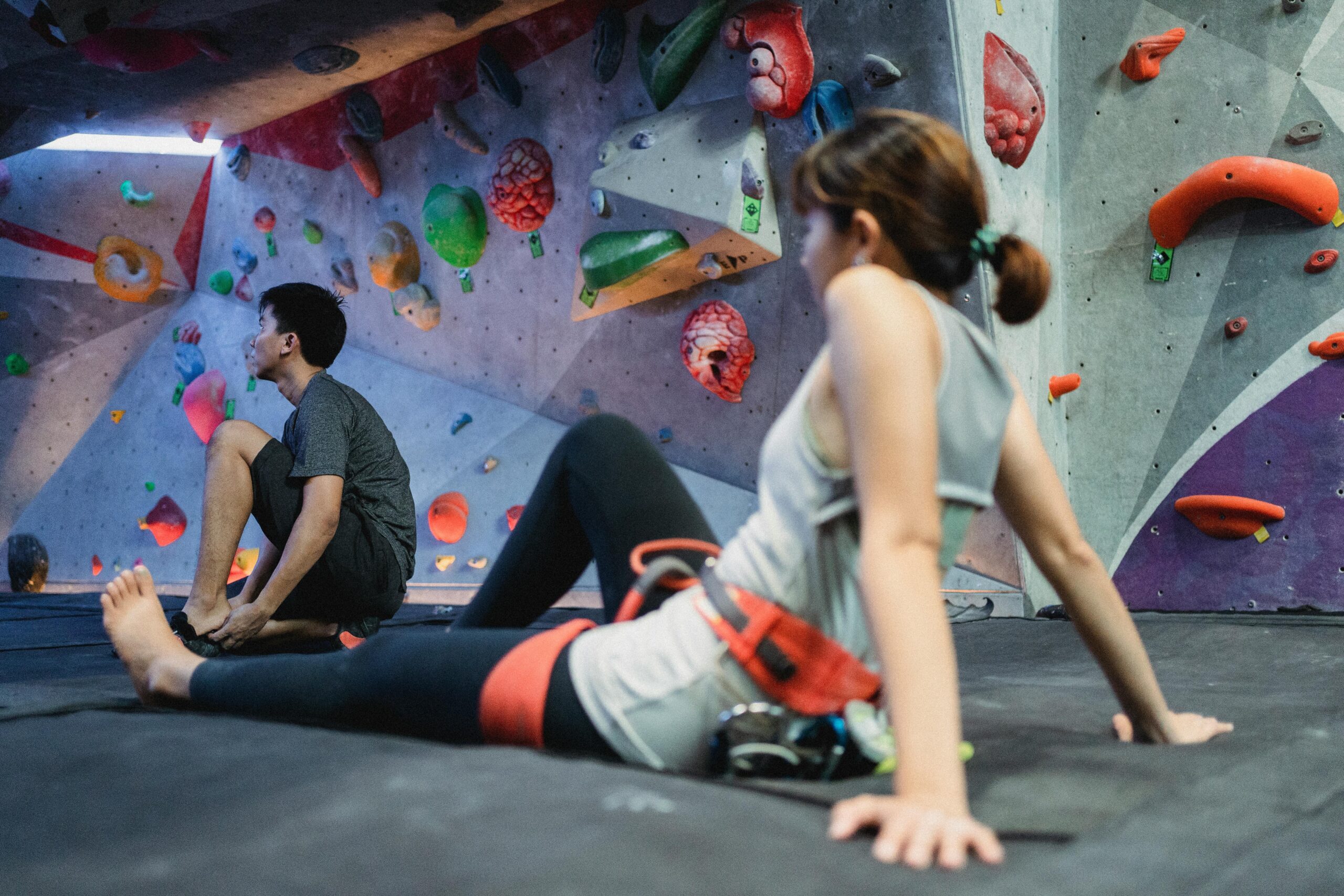Exploring Korean Indoor Climbing and Bouldering Culture
Indoor climbing and bouldering have rapidly gained popularity in South Korea over the past decade, transforming from niche activities into mainstream sports embraced by a diverse community. This surge is fueled by the country’s bustling urban lifestyle, limited access to natural climbing sites, and a strong culture of fitness and challenge-seeking. Indoor climbing gyms in Korea have evolved into vibrant social hubs, blending physical exercise with community engagement and mental focus. Throughout this article, we will explore the origins and growth of indoor climbing and bouldering in Korea, the unique characteristics of Korean climbing gyms, the cultural impact on local youth and professionals, as well as the training and competitions that have shaped this dynamic sport. This journey offers insight into why climbing has become a symbol of resilience and creativity in Korean society.
The Rise of Indoor Climbing in Korea: Origins and Growth
Though rock climbing as a traditional sport had limited presence in Korea during the late 20th century, the introduction of indoor climbing walls in the early 2000s sparked significant interest. The largely urban population, especially in Seoul and Busan, found these gyms convenient alternatives to natural outdoor climbing, which requires travel and suitable terrain. Over the years, the number of climbing gyms has grown exponentially—today, hundreds of facilities cater to all skill levels, from beginners to elite climbers. The sport’s accessibility and relatively low entry barrier contributed to its booming popularity, attracting students, office workers, and even families. The government’s efforts to promote climbing through public programs and school partnerships also played a key role in establishing climbing as a mainstream sport.
Unique Features of Korean Climbing Gyms
Korean indoor climbing gyms are distinguished by their innovative designs, technological integration, and community focus. Unlike many Western gyms, Korean gyms often blend climbing with social spaces such as cafés and lounges, fostering a more communal experience. Many gyms feature dynamic walls with constantly updated routes (called “problems”) that challenge climbers’ problem-solving skills and physical abilities. Technologically, some facilities incorporate augmented reality systems that simulate outdoor environments or track climbing performance in realtime. These gyms prioritize safety and cleanliness, which has broad appeal in a health-conscious society. Additionally, Korean climbing culture emphasizes etiquette, mutual respect, and mentorship, creating a welcoming and supportive atmosphere for climbers of all ages.
Cultural Influence on Youth and Professional Climbers
Climbing has become particularly significant among Korean youth, who see the sport as both a form of self-expression and a means to develop discipline and mental toughness. Schools and universities have integrated climbing clubs into extracurricular programs, nurturing young talent and promoting healthy lifestyles. For professionals, climbing provides a counterbalance to the high-stress work environment typical in Korea. The sport’s blend of physical challenge and meditative focus helps reduce burnout and boost productivity. Moreover, Korean climbers have started gaining international recognition, inspiring more people to pursue climbing seriously. This cultural adoption aligns with Korea’s broader emphasis on individual achievement combined with collective support systems.
Training, Competitions, and the Future of Climbing in Korea
Training in Korean climbing gyms is structured and comprehensive, often incorporating strength conditioning, flexibility, and mental training to prepare climbers for both indoor problems and outdoor adventures. Climbing competitions, both national and international, have cultivated a competitive but inclusive environment. Korea regularly hosts events that draw elite climbers and enthusiastic amateurs alike, boosting the sport’s visibility. Future trends indicate increasing integration of digital tools such as AI coaching and virtual competitions, which will further innovate training methods and engagement. As climbing gears up for continued Olympic presence, Korea’s investment in athlete development and gym infrastructure promises to solidify its position as a climbing powerhouse in Asia.
In essence, Korean indoor climbing and bouldering have evolved from practical alternatives to outdoor climbing into cultural phenomena with wide-reaching influence. The sport’s development reflects Korea’s modern urban challenges and social dynamics, transforming climbing gyms into centers of fitness, mental well-being, and community connection. Through innovative facilities, youth participation, and competitive excellence, climbing is carving out a unique identity in Korean society. As the sport continues to grow, it not only reshapes physical activity habits but also inspires resilience, creativity, and cooperation among diverse groups. For anyone interested in exploring new athletic trends or understanding modern Korean culture, indoor climbing offers a fascinating and inspiring lens.
